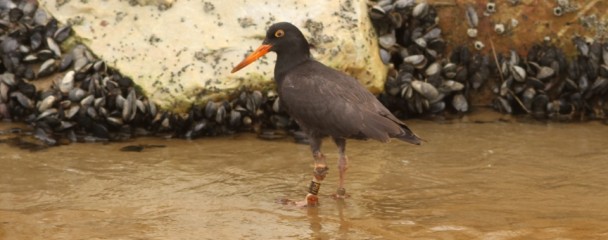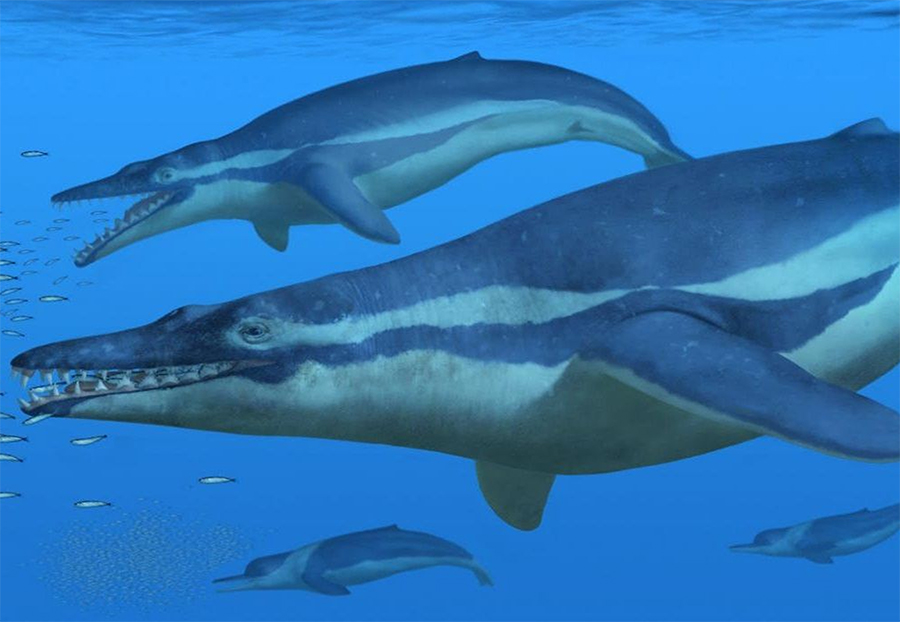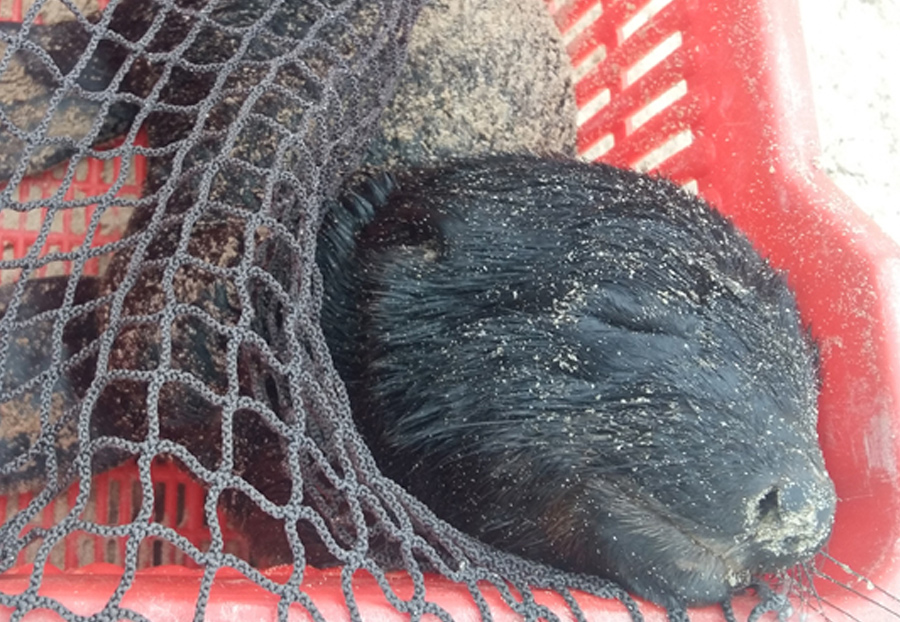Tagging of animals
When working with animals and understanding how they move and live, researchers often use photo identification as a tool. Every single organism on the planet has something that is unique about them, like the spots on a leopard and the dorsal fins on dolphins. On land, this has been a major tool to see how different animals migrate, and to estimate population’s sizes in the ocean. With some organisms, photo identification is hard to use because the unique attributes are hard to get a photo of. Both on land and in the ocean tags are used to understand how animals migrate and how long they stay in certain areas. With animals in the ocean this has become an important tool to be able to track and see how they live. It’s used on large animals like whales and dolphins, but more importantly on sharks and tuna´s. When sharks and tuna´s migrate, they spend all the time under the water therefore getting identification photos of their migration pattern is hard. An experiment with tunas was done where 20 of them were caught and a tagged. The tag recorded how deep they swim, the water temperature, the tuna´s body temperature and distance they travelled. All of the tags were returned to the researcher by fishermen, and the information gave a great understanding of how the tunas live in the ocean. It´s also due to tagging that we know of one Great White shark that crossed the Indian Ocean from South Africa to Australia and back in less than one year. Another Great White shark crossed over the mid-Atlantic ridge from Florida towards England. This is the first known Great White shark to have done that.
One of the oldest tagging techniques is Bird ringing. It has been recorded around 200 years BC that they used thread around the bird’s leg to prove that he had gotten a message send. It’s coming from using birds as messengers and have since 1899 been used to find out how birds live and migrate. In the post last week we wrote about a Laysan albatross that is at least 62 years old, and this is known because she had been ringed since 1956. In Plettenberg Bay a few different bird ringing projects have been established by Natures Valley Trust. When ringing the birds they don’t only get the small metallic ring with various information, they also get the colour tag. These tags are larger with numbers on that are easy to read with binoculars or on photos. This makes tracking the bird population in the Plettenberg Bay area easier, since the birds don’t have to be re-captured to read the ring. In December 2012 a Parasitic Jaeger was found exhausted on the ocean. It was taken in for rehabilitation and during a closer look it had a ring around it´s leg. On the ring it could be seen that it had been tagged in Britain so a request on when and where it was tagged was send. The answer was that the Parasitic Jaeger had been ringed over 17 years ago as a chick. This shows that birds migrate further then we can imagine.




